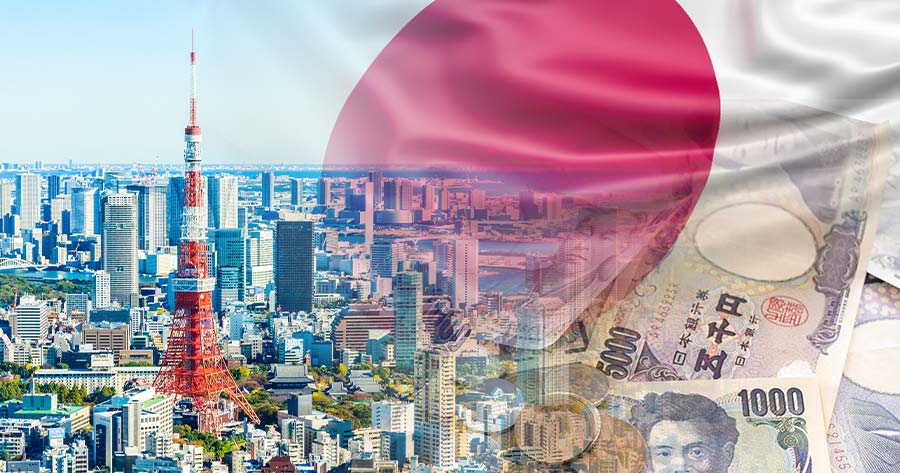Japan experienced a significant slowdown in export growth in August, with shipments to the U.S. declining for the first time in three years. Additionally, machinery orders unexpectedly shrank in July, signaling challenges for an economy striving to establish a robust recovery.
In August, total exports increased by 5.6% year-on-year, marking the ninth consecutive monthly rise but falling well below market expectations of a 10% increase.
Notably, exports to the U.S. witnessed a 0.7% dip, the first decline in nearly three years, primarily due to a 14.2% slump in auto sales. Conversely, exports to China, Japan’s largest trading partner, grew by 5.2% in August compared to the previous year.
Despite the overall rise in exports, the volume of shipments declined by 2.7% year-on-year in August, marking the seventh consecutive month of decreases. On the import front, the value of imports grew by 2.3% from a year earlier, falling short of the economist’s projection of a 13.4% increase.
Consequently, the trade balance recorded a deficit of 695.3 billion yen ($4.90 billion), contrasting with the forecasted deficit of 1.38 trillion yen.
Moreover, core machinery orders unexpectedly decreased by 0.1% in July from the previous month, diverging from the expected 0.5% rise. On a year-on-year basis, core orders rose by 8.7%, surpassing economist forecasts of a 4.2% increase.
The continuous decline in external demand poses a challenge to Japan’s efforts to foster sustainable economic growth, particularly amidst the risk of a U.S. slowdown and further weakness in China’s economy – two crucial trading partners.
Chief economist Takeshi Minami from Norinchukin Research Institute expressed concerns about Japan’s export trajectory, attributing it to the waning global economic momentum and anticipated slowdowns in the U.S. and China next year.
Business sentiment among major Japanese manufacturers also hit a seven-month low, citing soft Chinese demand as a key apprehension.
As the Bank of Japan concludes a two-day meeting, it is likely to maintain current monetary policies while hinting at forthcoming interest rate adjustments and progress in maintaining inflation around the 2% target. Economists foresee consumption aiding Japan’s growth, yet the subdued export outlook might impede a robust recovery.





